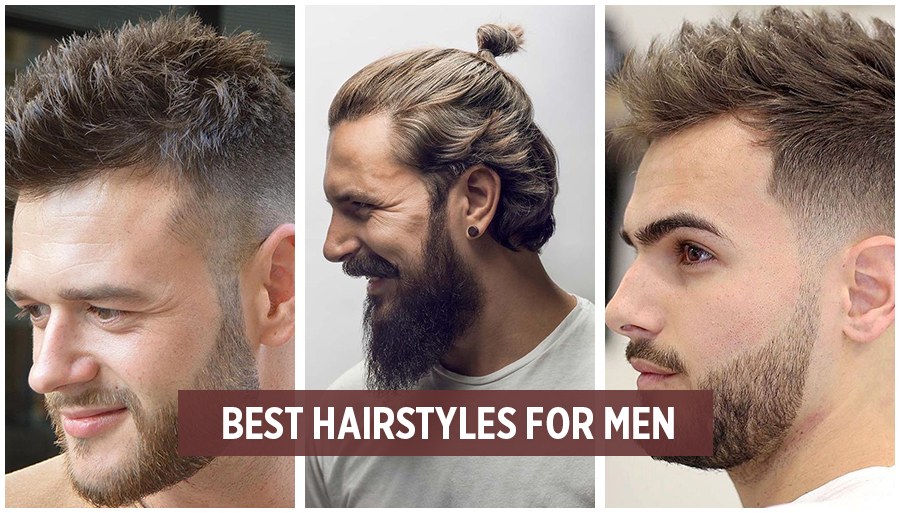Securing Customer Health Via Robust Health and Protection Guidelines in the Grooming Industry
Securing Customer Health Via Robust Health and Protection Guidelines in the Grooming Industry
Blog Article
The barbering sector plays a significant role in personal grooming and self-maintenance. Nonetheless, it is vital to emphasize the wellness and security of both clients and barbers in this environment. Effective health and safety standards are paramount for maintaining hygiene standards, preventing accidents, and ensuring a positive interaction for all parties engaged. By adhering to these guidelines, professionals can establish a safe environment that encourages trust and ease among patrons.
One critical component of well-being and safety in barbering is cleanliness. Stylists must adhere to strict cleaning protocols, including frequent disinfecting of equipment and workstations. This includes disinfecting shears, trimmers, and brushes after every use to eliminate the risk of transmitting germs or infections. Additionally, professionals should use sanitized capes and towels for each client to promote a sanitary setting. Applying these practices not only protects customers but also boosts the credibility of the barbering establishment.
Another critical requirement addresses the safe handling of chemicals used in hair treatments. Products such as coloring agents, chemical straighteners, and other formulations can pose risks if not managed correctly. Barbers must adhere to protective protocols for website link the storage and application click resources of these products to avoid skin irritations or sensitivities among customers. Using protective gear and ensuring adequate airflow during procedures are crucial measures that barbers should take to ensure client safety while delivering quality care.
Accident prevention is also a key element of health and safety regulations in barbering. Barbershops should be arranged with precaution in mind, reducing hazards such as slippery floors or cluttered workspaces. Staff should be trained in emergency procedures, including how to handle lacerations or thermal injuries that may happen during treatment. Supplying medical supplies and confirming that all staff members know their placements is an effective way to prepare for unexpected incidents. By prioritizing safety measures, barbers can create an environment where clients feel secure and cared for.
Lastly, clear interaction is essential to supporting customer safety in the grooming profession. Stylists should engage with patrons about their needs and any potential risks associated with the services offered. This includes discussing allergies to products or previous adverse reactions reported by clients. By encouraging honest communication, barbers can build trust with their clients while delivering that they receive personalized care tailored to their individual requirements. Ultimately, prioritizing health and safety standards will result in enhanced customer experience and a successful haircare practice.